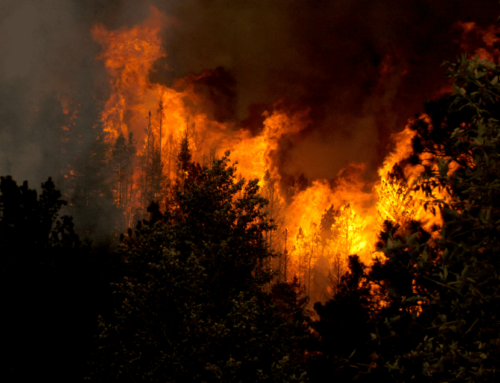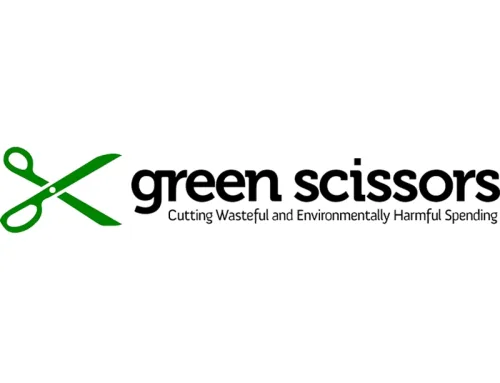On May 16, 2024, the U.S. Senate Committee on Energy and Natural Resources held a hearing on the U.S. Forest Service’s fiscal year (FY) 2025 budget request. Hearing witnesses were U.S. Forest Service (USFS) Chief Randy Moore and the Budget Director Mark Lichtenstein. Much of the hearing focused on wildfire management and spending.
U.S. Forest Service FY2025 Budget Request ($, thousands)
| FY24 Appropriations | FY25 Budget Request | % Change | |
| Forest Service Operations | 1,150,000 | 1,187,066 | +3% |
| Forest & Rangeland Research | 300,000 | 315,624 | +5% |
| State & Private Forestry | 303,306 | 305,408 | +1% |
| National Forest System | 1,863,557 | 2,007,149 | +8% |
| Capital Improvements & Maintenance | 140,130 | 158,000 | +13% |
| Wildland Fire Management (WFM) | 2,312,654 | 2,550,442 | +10% |
| Wildfire Suppression Operations Reserve Fund | 2,300,000 | 2,390,000 | +4% |
| Other Appropriations | 3,677 | 5,677 | +54% |
| Total | 8,373,324 | 8,919,366 | +6.5% |
The USFS budget request includes significant funding increases for the Wildland Fire Management (WFM) account (+10%), which reflects a majority of the total federal wildfire spending. Per Chief Moore, this funding boost will be primarily directed towards expanding the wildland firefighting workforce, improving housing, and increasing salaries. Outside of the WFM account, wildfire programs within State & Private Forestry and the National Forest System remained relatively flat, with the exception of hazardous fuels reduction, which was requested at +15% higher than the FY2024 funding level.
In addition to regular appropriations, the USFS has received and will continue to receive billions of dollars in supplemental appropriations through the Infrastructure Investment and Jobs Act of 2021 and the Inflation Reduction Act of 2022, much of which is directed toward wildfire mitigation and recovery. Combined, these bills will add a “significant extra boost to the Forest Service budget of around 30% extra for forest management each year,” per Chairman Manchin (D-WV). Senators on both sides of the aisle expressed disappointment at the USFS’s progress in implementing these new funds and making on-the-ground progress in protecting communities from wildfires, even taking aim at the USFS when commenting on the need to better track and measure wildfire mitigation efforts to reduce risk.
For many years, the USFS has relied on acres treated as the primary metric for evaluating the success of wildfire prevention and mitigation activities. However, this indicator may not necessarily translate into reduced wildfire risk or improved forest health; for example, measuring acres treated does not indicate whether the treatments were done in areas most at risk or whether they have effectively reduced the fire hazard. Furthermore, an investigation by NBC News found that the USFS counted many of the same acres of land toward its risk reduction goals multiple times, leading to an overstatement of acres treated by as much as 21% nationwide.
Outcome-based metrics —such as metrics that consider the effectiveness of fuel treatments in changing fire behavior, the ecological health of forests, and the protection of values at risk— could better help policymakers understand the costs and benefits of various mitigation activities. The inter-agency Wildfire Fire Mitigation and Management Commission also advocated for changing federal performance metrics to more accurately measure success, finding that metrics like acres treated may “incentivize treating areas that can be reached at low cost rather than those with the highest risk or highest restoration potential.”
Thankfully, the USFS has begun recognizing the potential value of outcome-based metrics over number-oriented metrics. As Chief Moore testified, “if our job is to protect communities from wildfires, we have to look at outcome-based reporting rather than output-based reporting, or at least the combination of the two.” Despite this, the USFS proposed to continue using acres treated as a key performance index in its budget justification. In response to criticism over a reduction in the target acres treated for FY2025, Chief Moore responded that protecting communities and critical watersheds may involve acres that are more expensive to treat “and you do less work because it takes more to work.”
The hearing discussion also highlighted the complex web of wildfire-related activities across the federal government, including coordinating with the National Oceanic and Atmospheric Administration (NOAA) for weather service forecast information and the EPA’s role in air monitoring for prescribed fires. As TCS reported in our recent report Clearing the Smoke: A Closer Look at Federal Spending and Programs on Wildfire, prescribed burns can dramatically reduce wildfire risk by clearing dried brush and reducing hazardous fuels that increase the intensity and severity of a wildfire.
For more information on TCS Wildfire Spending work, visit Taxpayer Resources on Wildfire Spending.











Get Social